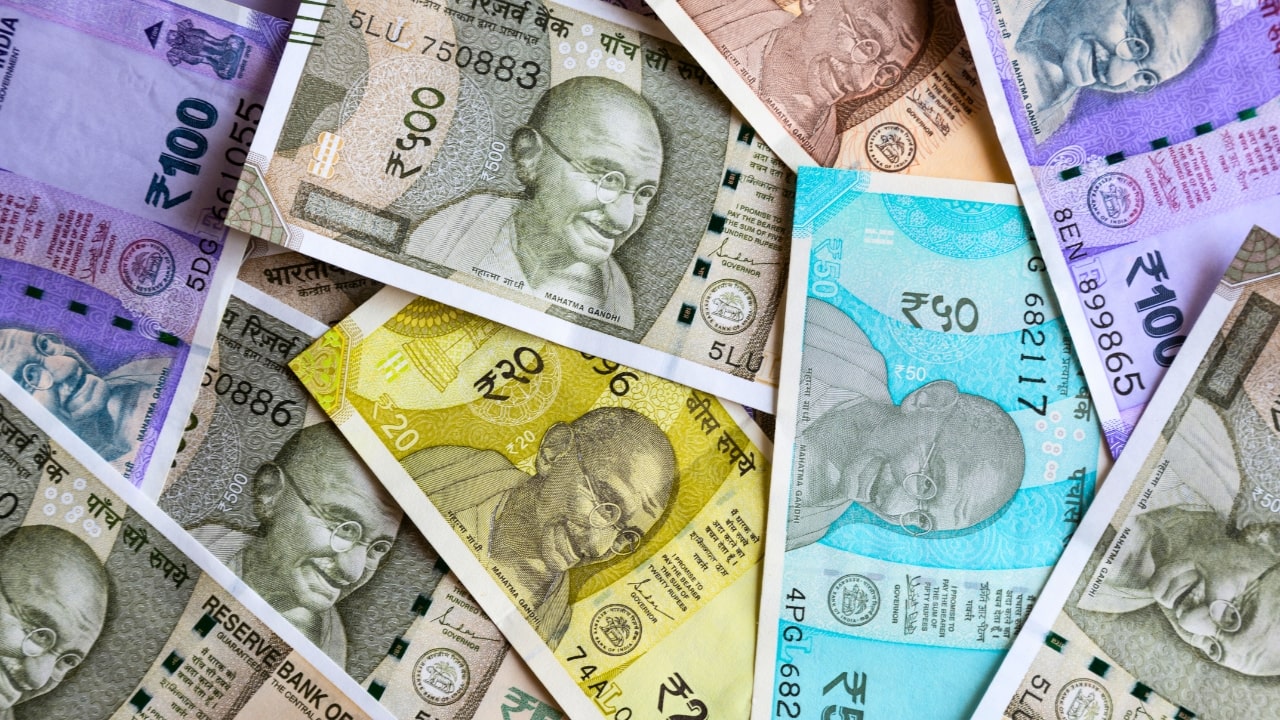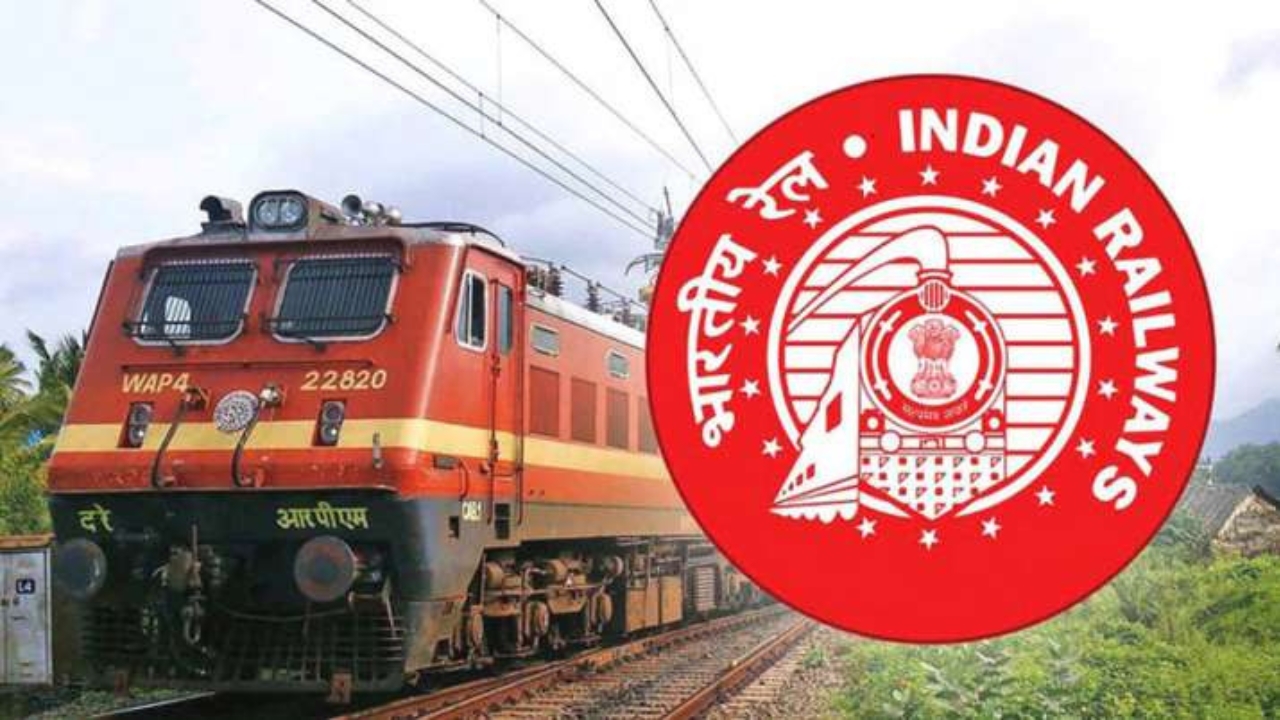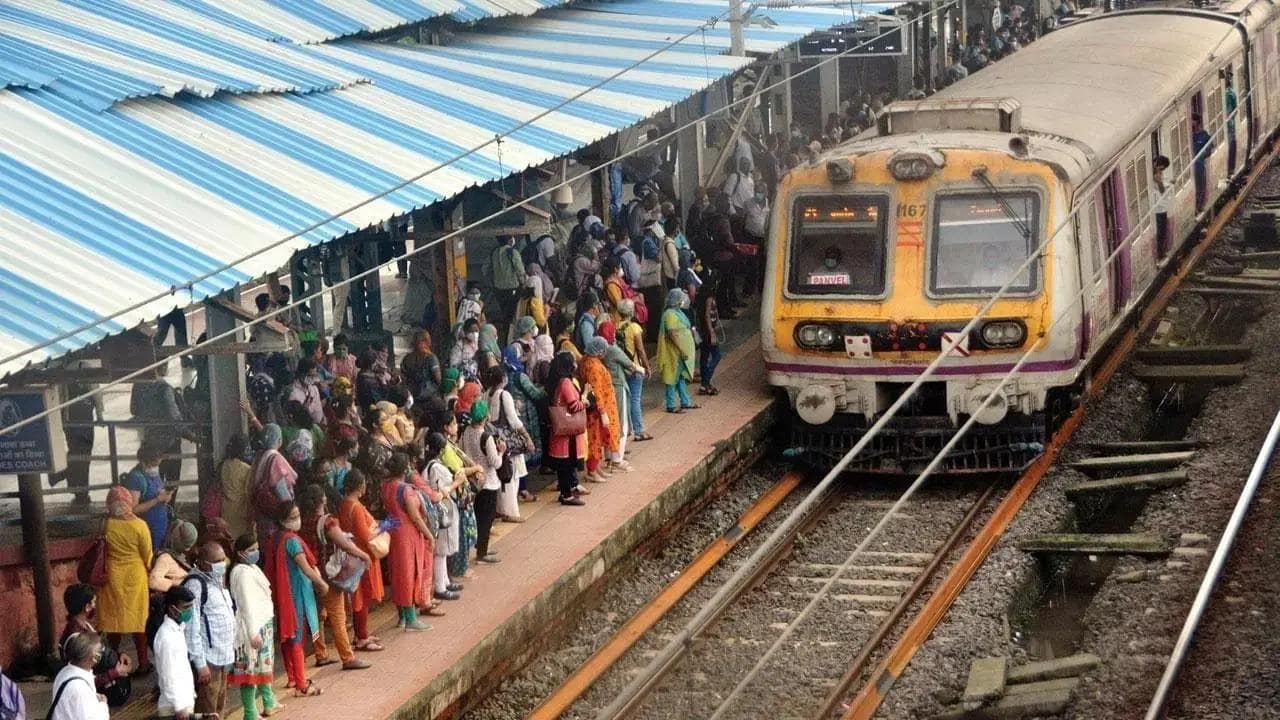Rising defaults in credit card liabilities have made the banking sector cautious in the festive season. According to recent data from the Reserve Bank of India (RBI), the pace of adding new credit cards has fallen drastically in September, from 9.2 lakh new cards in August to 6.2 lakh in September. This shows a massive decline of 64% compared to the previous year, bringing the total credit card number to 106 million.
Analysts believe banks have become more cautious in adding new customers due to increasing risks in the unsecured credit card division. IDBI Capital analyst Bunty Chawla said that HDFC Bank and SBI Cards have led in issuing new cards, but the pace of credit card distribution will likely remain slow shortly.
What Does The Report Say?
The RBI recently changed its risk standards, applying higher risk weight to unsecured personal loans and bank loans to non-banking financial companies (NBFCs). Its objective is to control the rising risks in credit cards and other unsecured loan segments. HDFC Bank issued 4.3 lakh new cards in September, while SBI Cards added 1.4 lakh and Axis Bank added 53,000 cards.
Whose Cards Are Defaulting?
According to a report by Macquarie Capital, default rates in the credit card portfolio of banks are now running close to 6%, which is a matter of concern for the banking sector. Suresh Ganapathy, head of financial services research, said in the report that the rate of default on credit cards is high in the middle-income group. Ganapathy says that after the RBI regulated the scope of personal loans, the middle class had limited options to pay their dues, creating a slowdown in urban areas.
Consumer Spending Increased During The Festival
RBI data also shows that the transaction growth rate has declined from 1.6% in August to 0.5% in September. However, the festive season saw a surge in consumer spending, resulting in total credit card spending rising from Rs 1.69 lakh crore in August to Rs 1.77 lakh crore in September, a 23.8% rise yearly.
Why Are Defaults Rising?
Experts say young millennials often use their entire credit limit, resulting in rising defaults and many accounts turning into non-performing assets (NPAs). The RBI has recently directed banks and NBFCs to be cautious while giving unsecured consumer loans.











